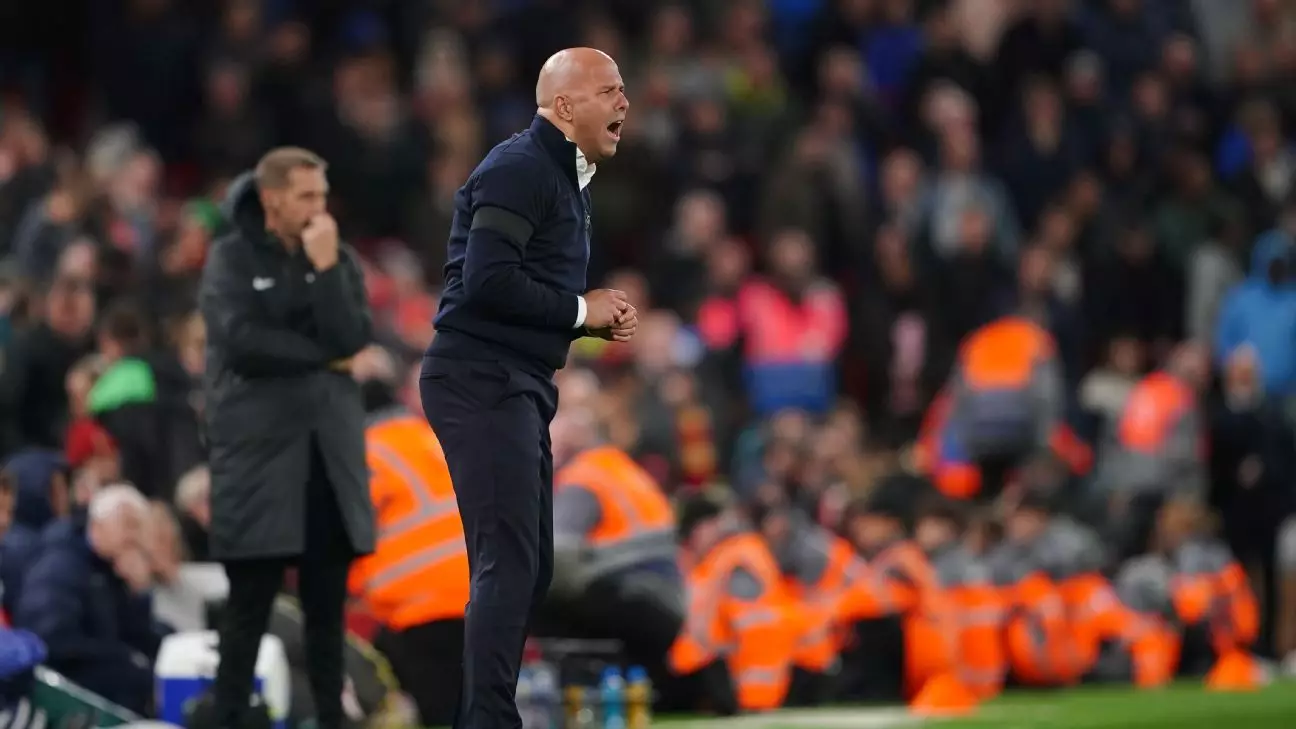The Referee the Crowd and the Tension of Anfield A Deeper Look at Liverpool vs Chelsea
There’s something truly electric about being at Anfield for a matchup between Liverpool and Chelsea. The air feels charged, buzzing with energy as fans flood the stadium, each one bringing their own hopes and expectations for the game ahead. Football matches like these are more than just 90 minutes on the pitch; they are experiences that linger in your heart. It’s a shared moment with thousands of others, bound together by the love of the game.
As I sat among the crowd, I could feel the anticipation thickening around us, like an invisible thread tying us all together. It’s these moments that remind me why I fell in love with football in the first place. Watching Liverpool take on Chelsea was not just about who would score more goals but about witnessing the raw emotions and drama unfold before our eyes. It’s this blend of excitement and unpredictability that makes every match day special.
This particular game was no different. From the very first whistle, there was a palpable tension in the air. You could sense that something monumental was about to happen—not only because of the skill on display but due to how every decision made by the referee could tip the balance between triumph and heartbreak.
Key Takeaways
- The atmosphere at Anfield is a unique force that can influence both players and referees.
- Refereeing decisions are under intense scrutiny, especially in high-stakes matches.
- VAR plays a critical role in modern football, impacting key moments during games.
- Passion from fans can be both an advantage and a challenge for home teams.
The Intensity of Match Day
The match kicked off with intensity from both sides, yet it wasn’t long before officiating became a focal point. Referee John Brooks was thrust into the spotlight early as he navigated critical decisions that would shape the narrative of this encounter. His authority was tested when he issued a yellow card to Chelsea’s Tosin Adarabioyo after a challenge on Liverpool’s Diogo Jota. This decision set a tone that resonated through the rest of the match.

However, it was not just this yellow card that stirred debate. Liverpool was awarded a penalty after Levi Colwill’s tackle on Curtis Jones, which Mohamed Salah converted with ease. As celebrations erupted among Liverpool fans, another incident momentarily silenced them as VAR intervened in another penalty decision. The clash between Chelsea’s goalkeeper Robert Sánchez and Jones led to initial penalty call, causing anxiety to ripple through the stands before being overturned upon VAR review.
The Role of VAR
In today’s football landscape, VAR has become an indispensable tool for referees to ensure fairness and accuracy. However, its involvement can also lead to prolonged moments of uncertainty for both teams and fans alike. The overturned penalty decision highlighted how VAR can shift momentum within seconds—sometimes relieving one team while frustrating another. It’s a reminder that technology, while helpful, cannot completely erase human emotions from football.
This use of technology raises important questions about its impact on traditional aspects of the game—the human element tied intrinsically to each match played. While it aims to deliver justice by curbing errors made in real-time judgments by referees, there is much discourse surrounding whether it disrupts or enhances fan experience overall.
Crowd Influence at Anfield
Anfield is renowned for its passionate supporters who create an atmosphere like no other stadium. These fans truly become part of every game played here—not merely spectators but participants influencing how events unfold through their vocal presence alone. Arne Slot shared insights post-match regarding this dynamic environment where crowd energy might sway even seasoned professionals such as referees unknowingly.

Slot pointed out how similar scenarios arose during his tenure at Feyenoord where home advantage often seemed amplified by loyal fans’ fervor—a factor potentially affecting officials’ decisions too subtlety amidst noise levels unmatched elsewhere across leagues globally! Despite all odds faced throughout intense ninety minutes under pressure cooker conditions inside iconic arena steeped history tradition alike…
Final Thoughts
This particular match serves as an example of how football remains unpredictable despite advancements such as VAR striving towards precision accuracy—reflecting broader themes encapsulated within sport itself spanning ages past present future onwards evermore timelessly intertwined together seamlessly weaving stories excitement drama suspense joy defeat unity division human condition itself encapsulated microcosm pitch every weekend worldwide stage set anew once again next chapter unfolds mysteries unravelled along way beckoning curiosity adventure awaits around corner discovery journey begun anew…
footballLiverpoolChelseaAnfieldrefereecrowd influenceVARPremier League


Leave a Reply